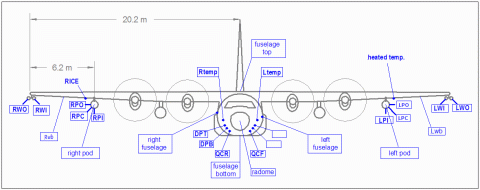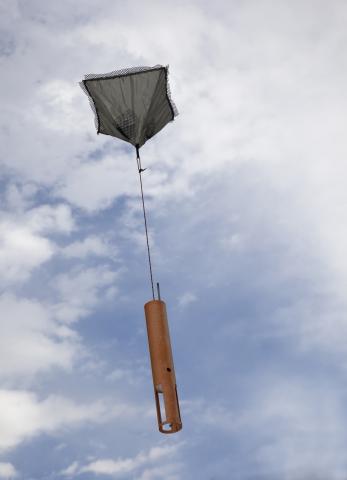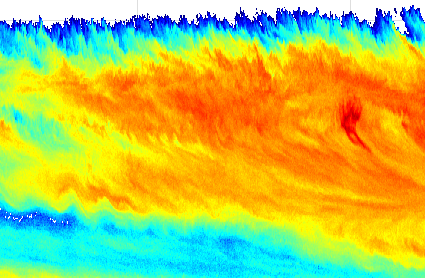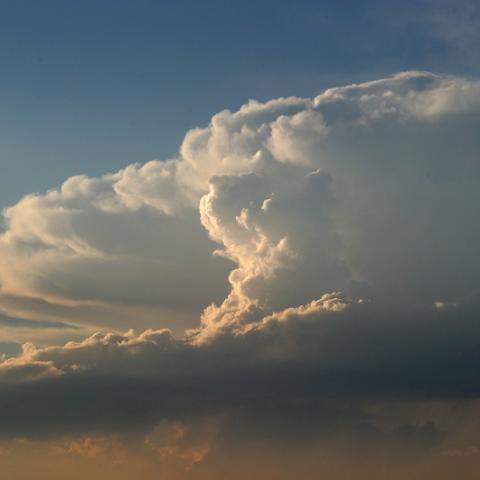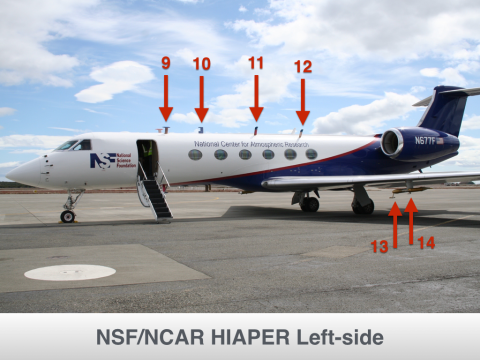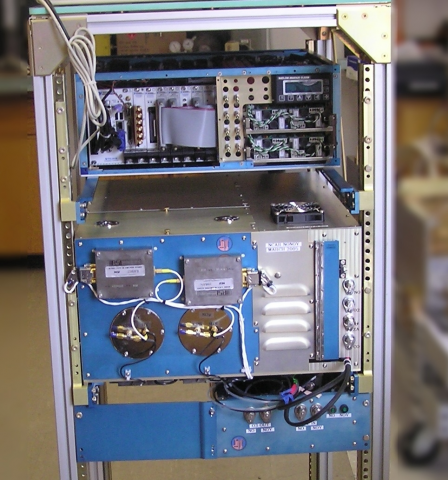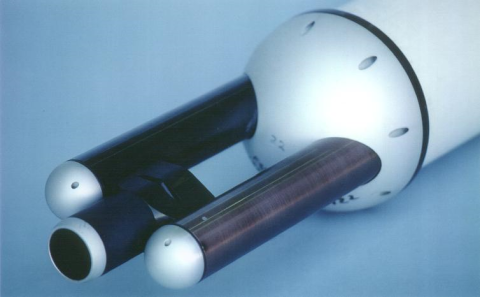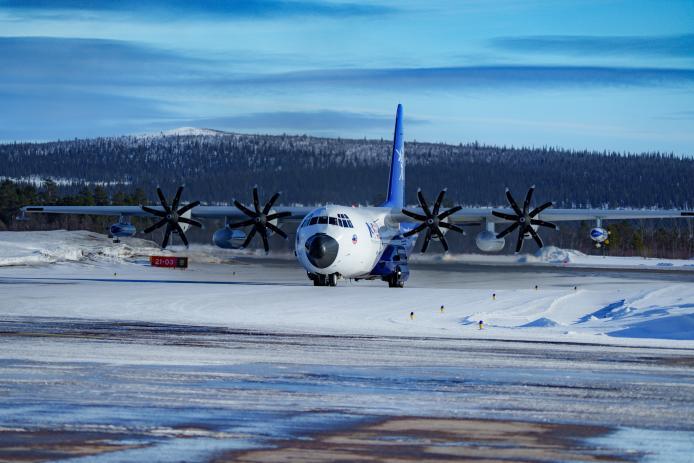
Instruments Available on NSF/NCAR Research Aircraft
The NSF/NCAR HIAPER GV and C-130 airborne platforms are equipped with fuselage apertures of different shapes and sizes to accept optical windows or structural plates that serve as mounting locations for various remote sensing instruments. Large, interchangeable instrumentation pods can carry optical particle probes, active and passive remote sensors, and in-situ sensors. Wingtip pylons can carry canister-mounted sensors. Structures at the fuselage top and bottom provide additional capacity for hemispheric radiometers and other sensors.
EOL and the Lower Atmosphere Observing Facilities (LAOF) partner organizations provide many ground-based and airborne remote sensing platforms. The aircraft investigator handbooks for the C-130 and HIAPER GV provide details on the airborne instrumentation interfaces.
EOL's airborne instruments are available to deploy on either the NSF/NCAR GV or C-130, and in many cases, they can fly on either aircraft. A checkmark (✓) in the NSF/NCAR Aircraft column indicates on which aircraft the instruments can fly.
